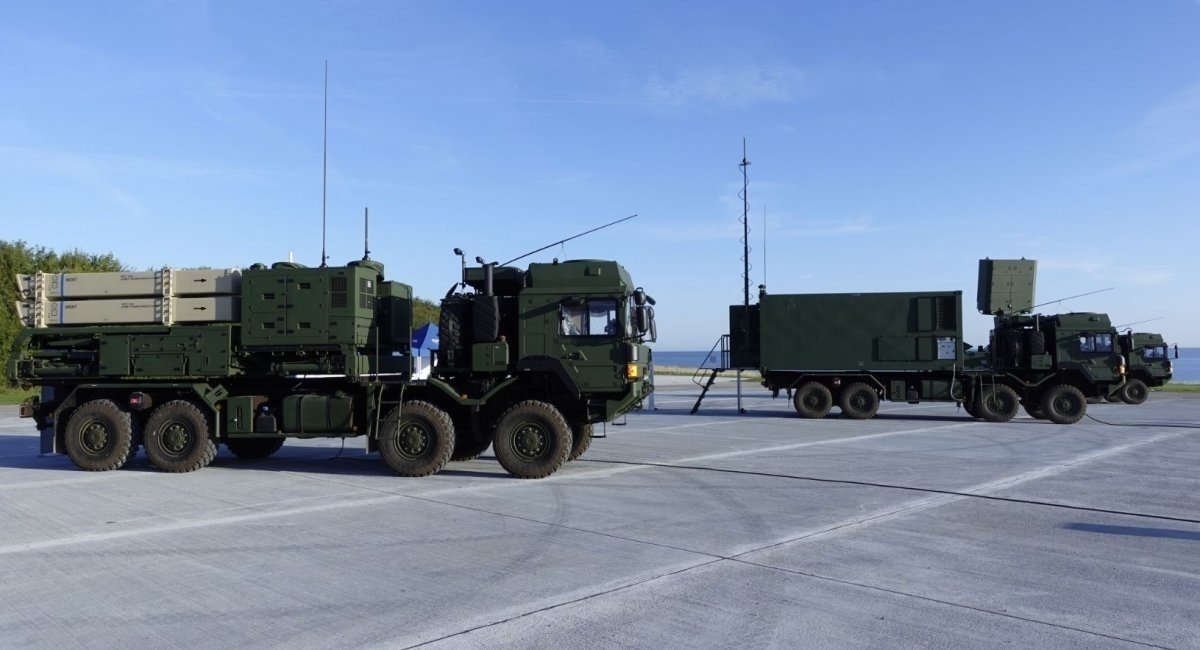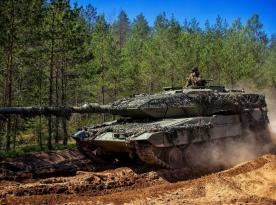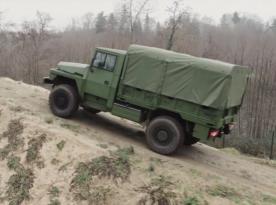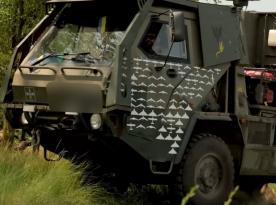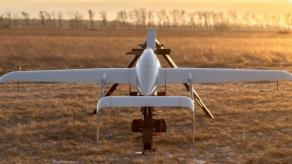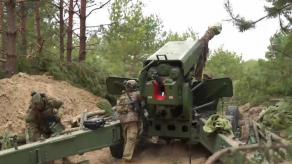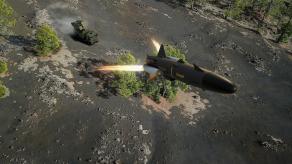Long-term plans call for the Bundeswehr to receive 29 anti-aircraft missile systems. The figure may seem large, but it will not be enough to cover 80 large cities and 11 major military bases in Germany, three of which are American.
Against this backdrop, the German military has found the air defense experience of Ukraine and Israel over the past few years to be highly relevant, serving as an example of how to operate with limited resources for effective defense. This was reported by Hartpunkt.
Read more: Germany May Supply the Taurus Missiles to Ukraine If russia Rejects Ceasefire, Keeping All Operational Details Under Wraps
The authors of the publication state that on April 24, 2025, the British RUSI think tank hosted a conference on air defense. Among the speakers at the conference were Brigadier General Ran Kochav of the Israel Defense Forces and NATO Defense Investment Division analyst Bogusz Madej. They summarized the experiences of Ukraine and Israel as follows:
There will always be a shortage of air defense assets relative to the amount of infrastructure that requires protection. Therefore, politicians should prioritize which assets need protection first and consider whether anything can be sacrificed in this situation.
In order to effectively utilize the limited number of air defense systems, it is essential to create an optimal deployment plan, facilitate regular anti-aircraft missile replenishment, and implement effective personnel shift and rest schedules.
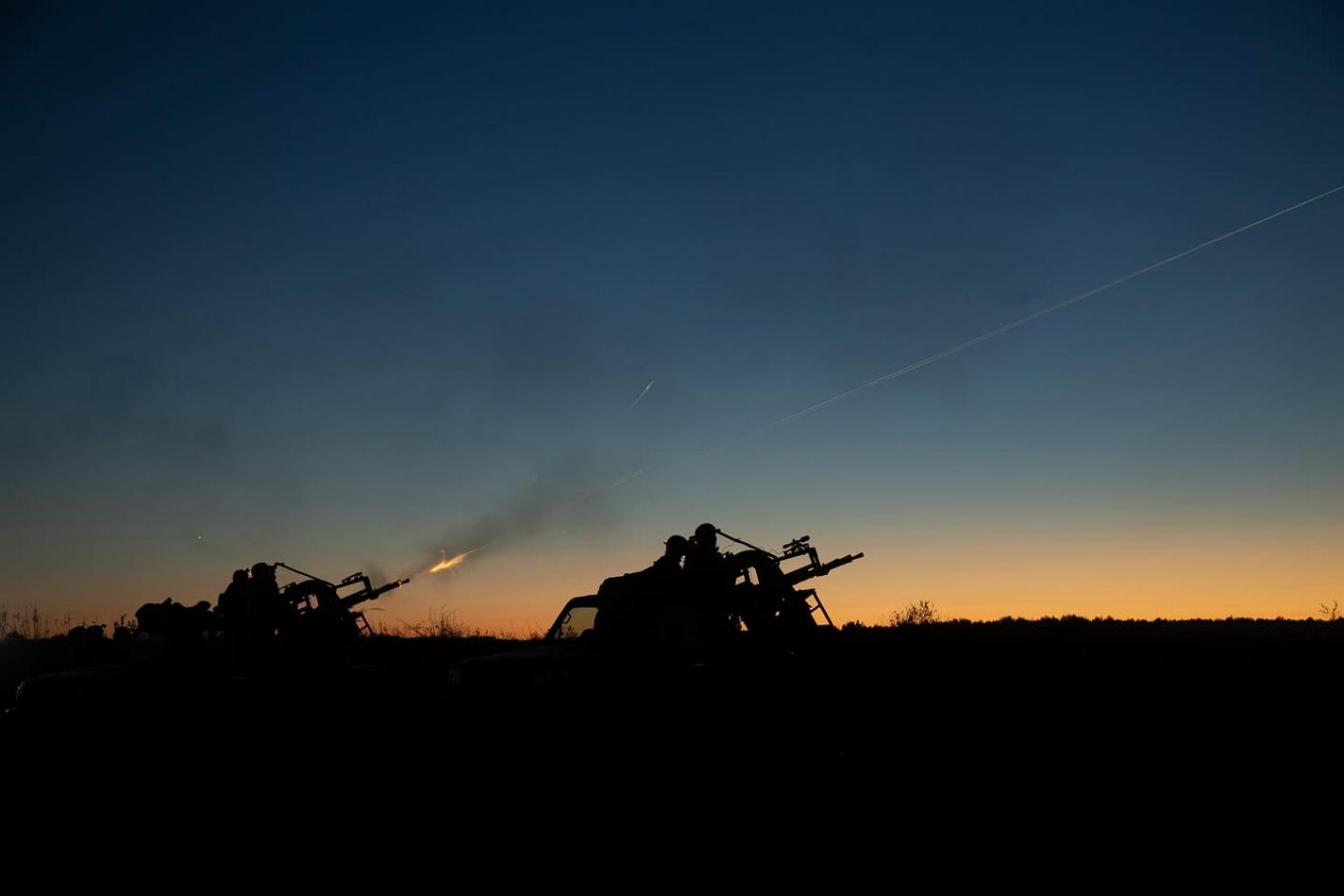
The most significant airborne threat in modern warfare is long-range kamikaze drones. Intercepting all of them would require thousands of anti-aircraft missiles, which could be better utilized against cruise and ballistic missiles. Therefore, it is more effective to use unconventional methods, such as mobile fire groups with machine guns or helicopters, to intercept drones like Shahed ones.
At first, this appears to be nothing more than a generalization of previously known facts. However, the most interesting aspect is the conclusions that can be drawn from it: air defense measures should be structured to provide the leadership with enough time to make strategic decisions before the enemy launches a new wave of attacks.
Earlier, Defense Express reported that Germany's purchase of the IRIS-T SLX had shown that missile production is the weak link in Europe's air defense.
Read more: How Many Raven Air Defense Systems Does Ukraine Have and Why Their Launchers Use Pylons from Tornado, Jaguar, and Hawk Jets




